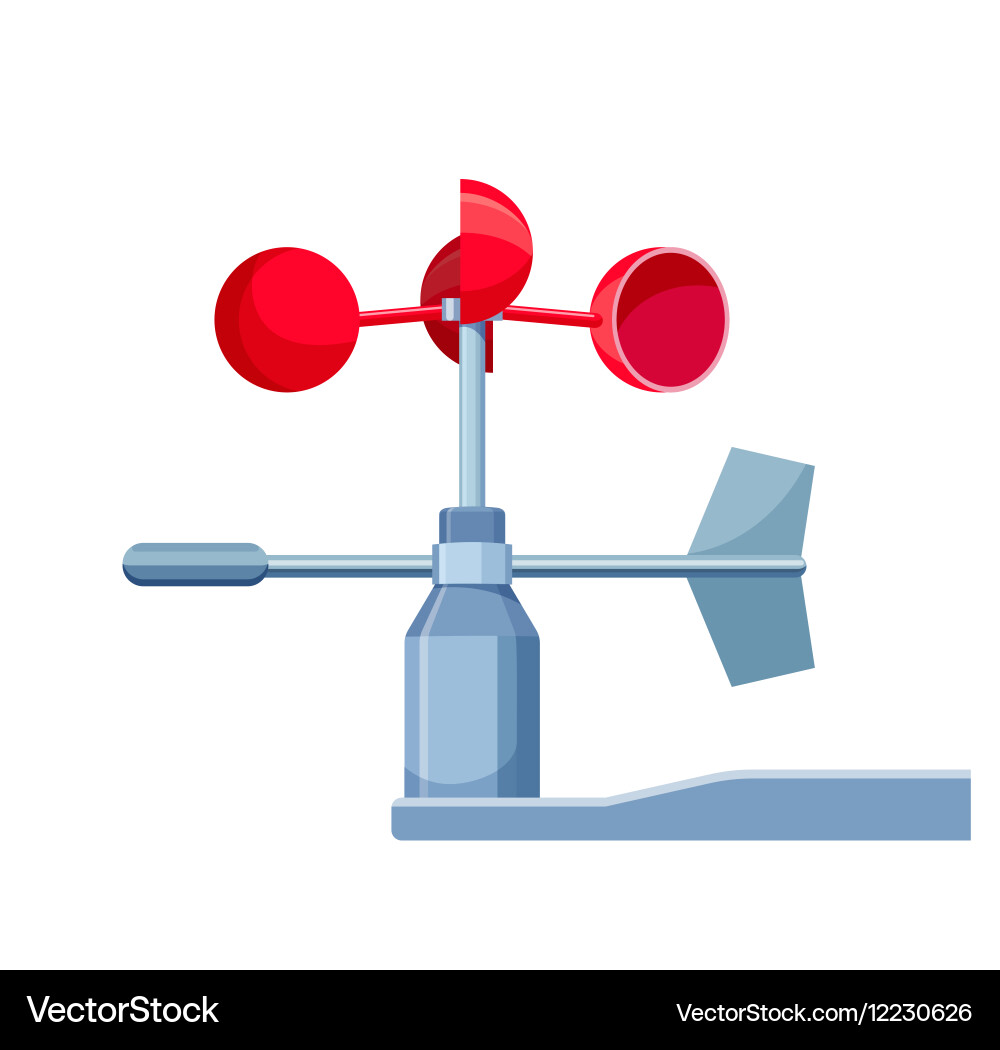Comprehending Various Kinds Of Anemometers for Numerous Applications
Wiki Article
Exploring the Features and Advantages of Anemometers for Climate Enthusiasts and Experts
From cup anemometers to sonic anemometers, each kind brings its distinct set of applications and benefits, losing light on various facets of climatic conditions. As we dive right into the functions and advantages of anemometers, a deeper understanding arises not just of prevailing climate sensations but also of the broader implications for markets like wind energy manufacturing and environmental study.Relevance of Anemometers in Weather Condition Monitoring
Anemometers play an essential role in weather condition surveillance by giving precise dimensions of wind rate, assisting in forecasting and understanding weather patterns. These instruments, varying from traditional cup anemometers to contemporary ultrasonic anemometers, are essential for meteorologists, researchers, and weather condition enthusiasts alike.
Sorts Of Anemometers and Their Applications
With the vital function anemometers play in weather tracking and forecasting, comprehending the different kinds of these instruments and their applications comes to be essential for professionals and enthusiasts in the area. One of the most typical types of anemometers include mug anemometers, vane anemometers, hot-wire anemometers, and ultrasonic anemometers. Mug anemometers are composed of 3 or four mugs installed on straight arms that revolve with the wind, gauging its speed. Vane anemometers, on the various other hand, utilize a freely revolving vane to align with the wind direction, providing both wind rate and direction measurements. Hot-wire anemometers run based on the concept of convective warm transfer, where the cooling impact of the air circulation is determined to identify wind speed. Ultrasonic anemometers make use of ultrasonic acoustic wave to calculate wind rate and direction properly.Cup anemometers are durable and ideal for general climate monitoring, while vane anemometers are preferred for directional measurements. Ultrasonic anemometers are non-intrusive and provide high precision, often used in research study and specialized climate tracking applications.
Advantages of Using Anemometers in Forecasting
In weather forecasting, the use of anemometers supplies indispensable advantages for improving the precision of climate projecting. Anemometers gauge wind rate and direction, offering vital data for forecasting climate patterns. By including wind information into forecasting versions, meteorologists can much better comprehend the movement of climate systems, anticipate changes in weather, and issue extra precise projections.
In addition, anemometers play an essential role in analyzing prospective climate threats. Checking wind speeds aids forecasters forecast severe weather condition events such as storms, hurricanes, and winter season tornados with better precision. This very early warning system makes it possible for authorities to provide timely signals and carry out necessary precaution, decreasing the threats to life and residential property.
Furthermore, anemometers assist in maximizing sustainable energy manufacturing. By assessing wind patterns, meteorologists can recognize appropriate places for wind farms and predict power outcome, adding to the reliable generation of wind power.

Anemometers in Wind Energy Manufacturing
Given the essential function anemometers play in supplying accurate wind data for climate forecasting and threat assessment, their relevance encompasses the realm of wind power production. my sources Anemometers are crucial tools in the area of wind energy, where the measurement of wind rate and instructions is vital for identifying the usefulness and effectiveness of wind generator installations. By precisely gauging wind speeds at varying elevations, anemometers help enhance the positioning and style of wind generators to maximize energy Recommended Site outcome.In wind ranches, anemometers are tactically placed to gather real-time wind information that is made use of to examine the potential energy production of click here to find out more a website. This data is instrumental in identifying the financial stability of wind energy jobs and in forecasting power generation to make certain grid security. Furthermore, anemometers help in keeping track of wind conditions to enhance wind turbine performance, protect against damage from high winds, and ensure the security of personnel functioning in the area of wind turbines.
Enhancing Climate Understanding With Anemometers

Anemometers play an essential role in enhancing our understanding of microclimates. These localized weather conditions can vary significantly from broader regional projections, making it important to have exact information for certain locations. anemometer. By tactically putting anemometers in various locations, scientists can collect in-depth info on how wind behaves in various surfaces, metropolitan environments, or bodies of water
Moreover, anemometers add to boosting weather condition forecasting models by giving real-time information on wind habits. This information is particularly beneficial for forecasting serious weather occasions, enhancing agricultural practices, and sustaining markets like aviation and maritime navigating. Generally, anemometers are indispensable instruments that allow us to dig deeper right into the complexities of weather systems, inevitably causing more better-informed decisions and precise predictions.
Verdict
In final thought, anemometers play an essential duty in weather condition surveillance and forecasting by measuring wind rate and direction. They are necessary tools utilized by weather lovers and specialists to collect exact data for forecasting weather patterns and assessing prospective influences. Anemometers likewise have applications in wind power production, additional highlighting their value in both meteorology and eco-friendly energy markets. Overall, anemometers add to boosting our understanding of weather phenomena and boosting projecting capacities. anemometer.From mug anemometers to sonic anemometers, each kind brings its unique set of applications and benefits, losing light on numerous aspects of atmospheric conditions. These instruments, ranging from standard mug anemometers to modern-day ultrasonic anemometers, are essential for meteorologists, researchers, and weather lovers alike. The most typical types of anemometers include cup anemometers, vane anemometers, hot-wire anemometers, and ultrasonic anemometers. Cup anemometers are robust and appropriate for general weather condition tracking, while vane anemometers are favored for directional measurements. Anemometers are vital instruments in the field of wind energy, where the dimension of wind rate and instructions is vital for determining the feasibility and efficiency of wind generator installments.
Report this wiki page